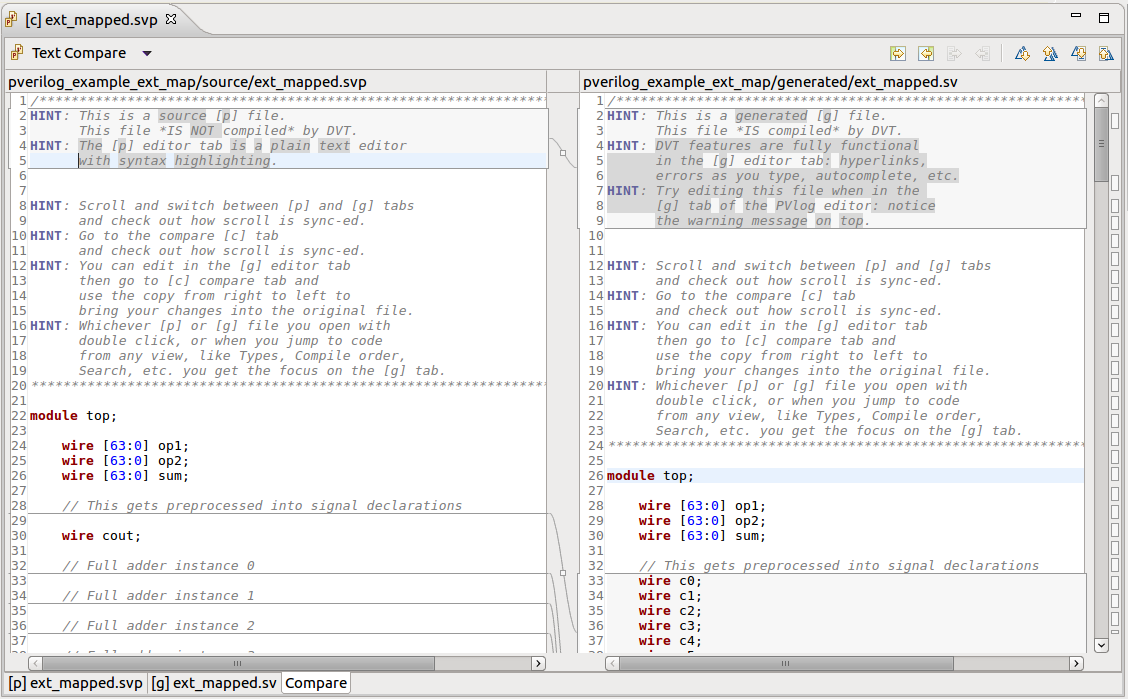

What Language Is Understood?įurthermore, the language that is understood has some limitations: There is no plot to speak of and you’ll notice the lack of common sense in some scenarios (although being a microworld tends to hide this). To allow the user to interact, it requires some amount of logical understanding and planning, and of course there must be a way to represent knowledge about the world.Īs you’ll see if you run Perplexity, there is hardly any attempt to have the system respond to you using proper English (although it expects that of you!). So, the Perplexity prototype is focused primarily on understanding natural language in a microworld. Clearly, building a working system was going to require putting some constraints on the problem to make it tractable. I did a broad sweep of the areas before starting Perplexity, and found a ton of interesting research on them.

To truly build a natural language game you need subsystems (each likely being designed with its own Perplexity-like prototype) in many of the following areas, depending on the game: It is more a demonstration of what can be done. Perplexity is a game, and is probably better described as a “proof-of-concept scenario” as it honestly isn’t really that fun yet. As a microworld, it avoids many problems that crop up when using natural language to interact with the “real world”, the kinds of problems that Google or Siri have to contend with. Perplexity is what is often called a “microworld” in that it is a controlled, closed system that has a limited things to interact with. Maybe most importantly, you can actually use the system to get a feel for how it really works. This set of blog posts documents my results and hopefully allows others looking to build this kind of system to replicate my results. Or, rather, to see how far I could get using the best tools and research I could find in the modern world.
PROLOG ADVENTURE GAME SOURCE CODE HOW TO
My goal was to explore how to build a game that allows the user to use full english sentences and understand them deeply. So, I went about this the hard way: trying to pull whatever knowledge I could glean from the Internet and trying to figure it out. Furthermore, it was really hard to find practical guides on how to build a system that can take an english phrase like “Go to the next room” and actually execute it in a program to do that thing. Sure, I could find research papers on how to do natural language search on databases and on how to do natural language Q&A systems, among other things, but none had the combination of “deep semantic understanding” coupled with “how to actually build it” and “has a demo” to see how well it worked. Given that a prototype that seemed to understand language deeply, Terry Winograd’s Shrdlu protoype, was built between 19, and that Natural Language Understanding has had a huge amount of progress since then, I figured that there must be examples done more recently with even cooler results! It ruins the magic for me when obvious English phrases are wildly misunderstood like that. …when if fact it might have meant “do not go into the house, it is very dangerous!” It kind of feels like the way I understand French:įrench person: “blah blah vas blah maison blah blah blah!”

The examples I’ve found require limited grammars or end up doing what many chat bots do: looking for keywords or using statistical methods to try to get the “gist” of a sentence. Those games are amazing, but I’ve not been able to find any examples that really allow free-form English to be used by the user and understood deeply by the system. Everything from “choose your own adventure” games where a user selects from multiple choices at every plot fork, to much richer games that allow structured commands to be used along the lines of the original Zork and Adventure games. There is a small but vibrant community of developers building Interactive Fiction that take many approaches to doing this. I say “text-based” because many fantastical things are possible using language that are very hard or expensive to do graphically. One of my dreams has always been to build a rich, virtual, text-based world that you can interact with. Previous: Resources I Collected And Referenced To Build Perplexity Next: Using ERG for a Natural Language Interface Flow


 0 kommentar(er)
0 kommentar(er)
